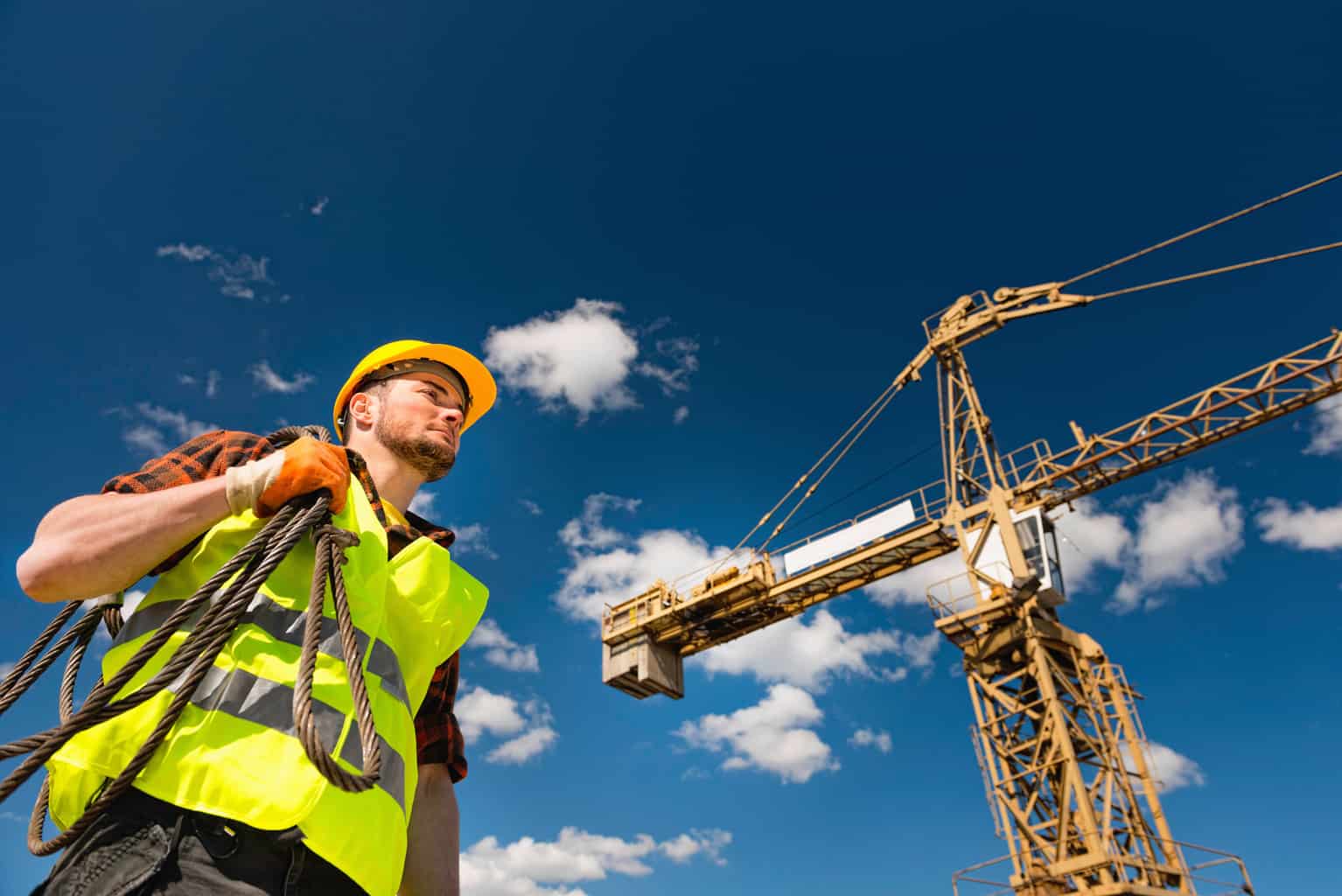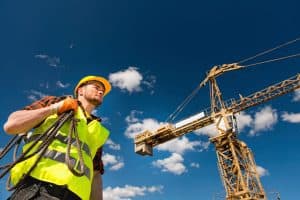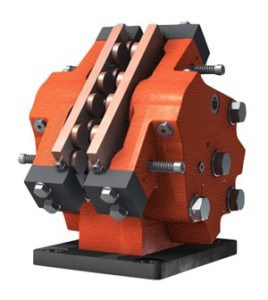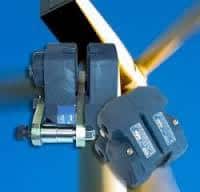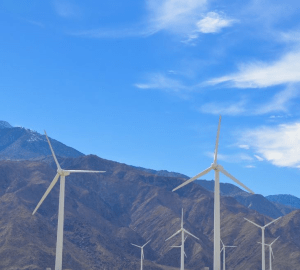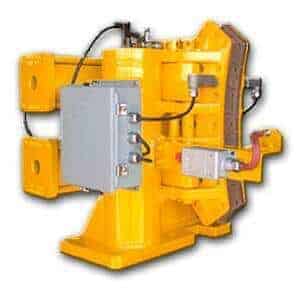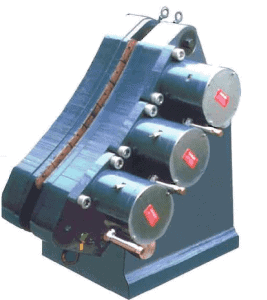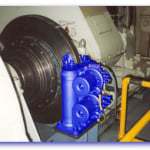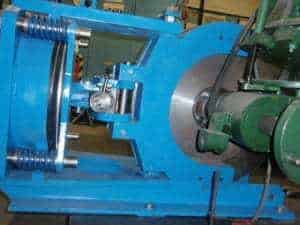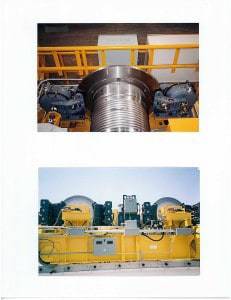You’re in the market for a gearbox and not just anyone – a Sumitomo gearbox. Excellent choice.
Without a gearbox, you’ve got no “go”. It’s one of the earliest machine parts that man created and we wouldn’t get too far without it. At its core, a gearbox transmits uniform movement between two shafts at a constant pace.
Whether you’re a small business or a large construction outfit, a Sumitomo gearbox is the best addition to your heavy machinery. Although the basics of gearbox construction have been around a long time, Sumitomo puts a lot of thought into their goods.
Before you pick one out, let’s go over five things it’s important to know before you dish out your hard-earned cash.
1) Runs Smoothly
Of course, a gear box has gears in it. The teeth slide together to transfer that uniform motion we mentioned before.
The teeth of the gear are where all the action happen. If they’re smoothly grated and angled, you’ll get a much smoother motion.
A Sumitomo gearbox has been engineered to perfection, offering a smooth and constant motion.
2) Efficiency
There are a few factors to consider when calculating the efficiency. Size definitely comes into play so take into account where you’re going to be using your Sumitomo gearbox.
Figure out the torque load requirement of any job you’re planning. Next, match it up with the torque range of the gearbox.
If a gearbox is too big for what you need it for, the efficiency decreases – and you might damage your equipment. Don’t waste a bit of time, energy, money, or efficiency on the wrong gearbox for the job.
3) Cost
Pricing is a big factor when choosing a large piece of equipment like a Sumitomo gearbox. The materials of the box can affect the cost, but keep in mind it’s worth paying more for something that will last longer.
Some types of commonly used materials for gearboxes are powdered metal, machining steel, plastic, and bronze.
Powdered metal is going to be your most low-cost option but has reduced load capacity. Steel can take on any job you give it – but is also pretty heavy.
As with anything weigh your options carefully.
4) Environmental Needs
Consider the environment you’ll be using your Sumitomo gearbox.
Will it be too loud? Is it too heavy for where we’re going to use it? Is it too big or will it run too hot?
Don’t put yourself behind by ordering the wrong type of gearbox and having to wait for a replacement.
5) Flexibility
Maybe you demand a lot from your equipment. You can save money and do more with less if your gearbox has flexibility.
Again, the torque equation comes into play. If you have a wide variety of jobs, see what the range is for all of them.
There’s probably a Sumitomo gearbox that’s your perfect match!
Go With The Sumitomo Gearbox Pros
There’s a lot of industries that utilize gearboxes so naturally there’s a lot of questions about what works best where.
Good thing we’ve got the answers.
Kor-Pak knows the ins and outs of heavy machinery. Plus, we know that uptime is extremely valuable.
If you want the best machine parts at a price that works for you and your company, call or email us today. We look forward to helping you!

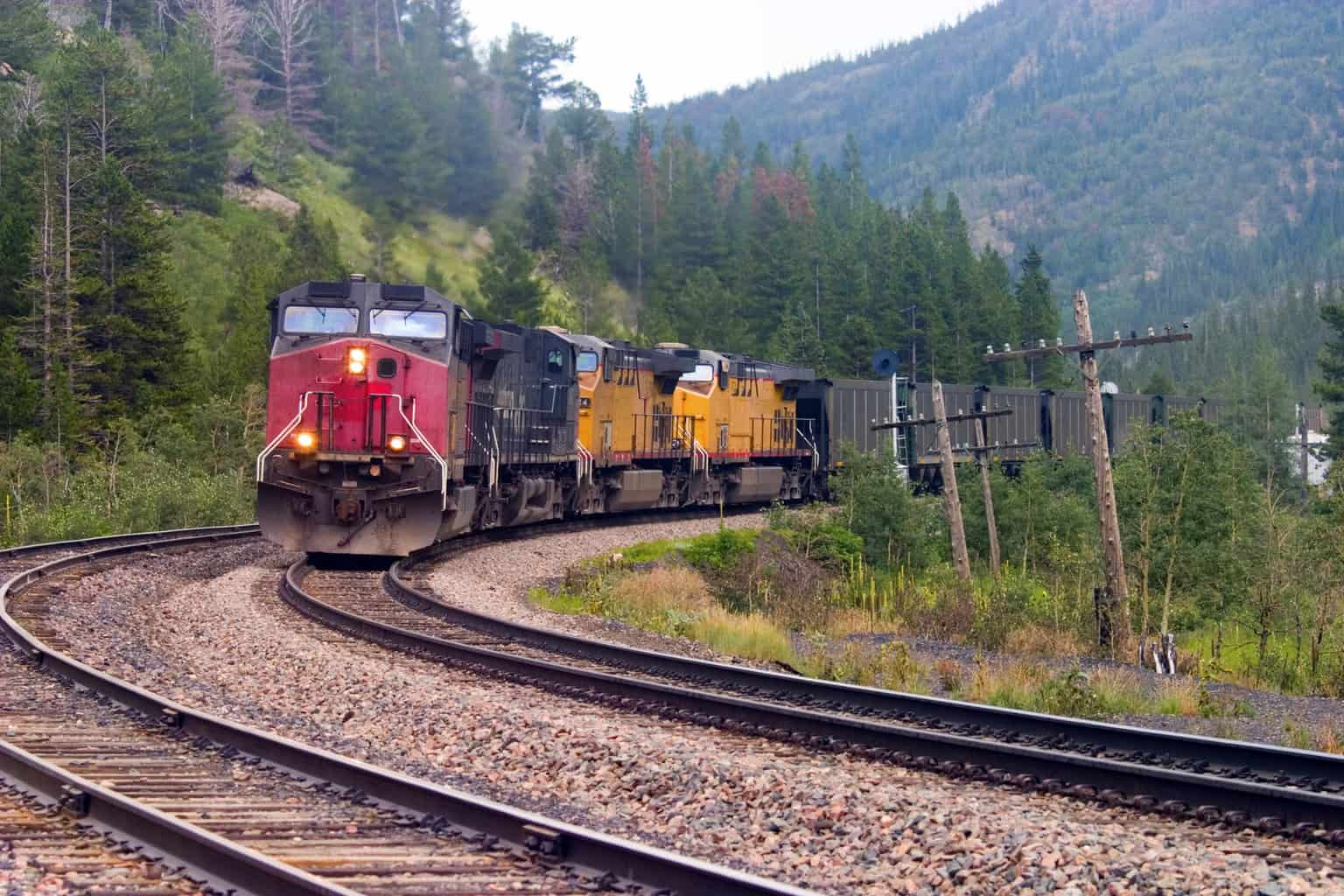
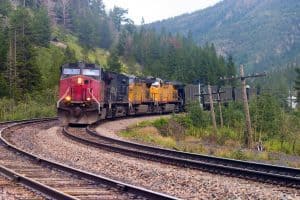 Manufacturers and suppliers have been hard at work over the past year making improvements to friction materials, methods, and management for
Manufacturers and suppliers have been hard at work over the past year making improvements to friction materials, methods, and management for 